photograph by Janet Henrichs
Two years ago, Photo Flood Saint Louis began with an exploration of the central section of Downtown St. Louis (containing the original town settlement along the Mississippi). Last year, we photographed the southern section, an exciting amalgam of old and new construction. In July, having grown from a group of five to 195, we returned to finish the north area of Downtown.
Downtown north is punctuated by tall buildings along the Washington Avenue corridor, evidence of the warehouse district that once fed the city’s only river crossing at Ead’s Bridge with its freight. In the 1970’s, a depopulated city was faced with the decision of how to attract business conventions (a position once thought to be a depressed city’s saving grace) and where to locate such a meeting facility. Once again, Downtown north was selected to harbor the commodities, in abstract this time, that would pass through St. Louis’ America’s Center Convention Complex (originally Cervantes Convention Center). The area is also home to Laclede’s Landing, the Edward Jones Dome, and much more.
photograph by John Nagel
photograph by Jason Gray
photograph by Mandi Gray
photograph by Ryan Stanley
Nine years after the end of the Civil War, St. Louis finally had its first railroad bridge over the Mississippi. The innovative Eads Bridge set new standards for bridge construction thanks to its many “world’s first” introductions. Its designer, James Buchanan Eads, was an autodidact who rose to riches through his river salvage operation, where some of his earliest inventions included water-crafts capable of raising sunken ships in the Mississippi. During the Civil War, he designed and built iron-clad vessels for the Navy.
With a river crossing intact, the Downtown areas surrounding Eads Bridge began to grow at a rapid rate. In the 1880’s, a Garment District was formed along Washington Avenue, and included the massive flagship location of department store chain, Stix, Baer and Fuller, which eventually occupied an entire city block. Warehouses, factories, and storefronts were numerous. Around this same time, skyscrapers were introduced to St. Louis, and so buildings in and around the vibrant new District tended to tower over those built previously. What’s more, the architecture (Chicago School) tended to the ornate, with cornices, columns and ornamental fixtures emulating the natural world.
photograph by Rosemary Nagel
photograph by Stephanie Dawn
photograph by Michelle Williams
photograph by Ryan Stanley
Between the World Wars, Downtown north whirred with activity; street cars jettisoned down the manmade cavern of Washington Avenue, while iconic clothiers (and especially hat-sellers) set up shop. Outside of New York City, there are possibly a handful of urban corridors in America that, when full of life, thrum with as much vibrancy as this neighborhood.
photograph by Jason Gray
photograph by Dan Henrichs Photography, St. Louis
photograph by Stephanie Dawn
photograph by Ann Aurbach
However, after World War II, St. Louis (and Downtown) began to experience significant decline. Originally, a minor population loss eventually gave way to a reduction in manufacturing, which exacerbated further population and manufacturing decline. In 1972, this oversimplification was televised to the country with the public broadcast of the demolition of Pruitt Igoe, a housing complex just northwest of the Garment District. By 1977, this city that once had more than 800,000 residents, was reduced to just 450,000. Crime, poverty, and urban blight began to hit hard. Subsequent to St Louis City’s loss, St. Louis County experienced massive gains. It was time for something new, but what would the answer be?
photograph by Jason Gray
photograph by Michelle Williams
photograph by John Nagel
During this time, St. Louis looked toward peers in the rust belt to see what other urban centers were doing to combat blight. Many programs were initiated as a result, including “Operation Brightside”, the reinvention of Union Station as a shopping destination, new building construction (plus old building demolition for parking lots), and the Cervantes Convention Center opened on Washington Avenue. Designed to attract big-budget traveling conventions to the downtown arena, Cervantes (later St. Louis Convention Center, then America’s Center) was a semi-success. In 1985, a shopping mall was added to the District, but never really took off. St. Louis continued to languish amid so many “one-fit” solutions.
photograph by Shirley Moore
photograph by Mandi Gray
photograph by Ryan Stanley
Finally, in the 1990’s, after a Historic District designation, Washington Avenue began to reemerge as the “Loft District”. Abandoned warehouses turned into condos and apartments, and some new businesses followed. Artist lofts opened, as did the City Museum (a unique playground for children and adults alike). Downtown finally began to revive.
Today, this progress is measurable.
photograph by Jason Gray
For our end point, we visited Mizu Sushi. The restaurant can be summarized in one word, “incredible”. If you haven’t tried them yet, definitely do. The food is delicious and entirely worth the price, and the service was fantastic.
photograph by TripAdvisor


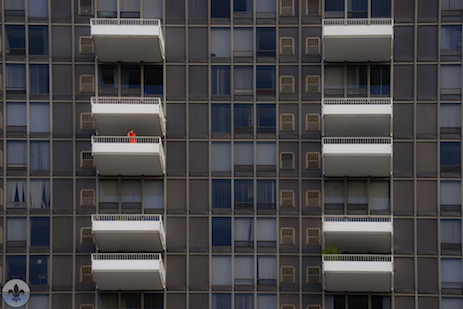
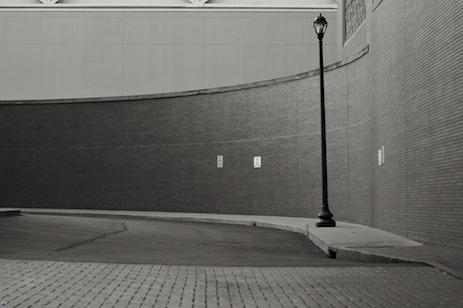
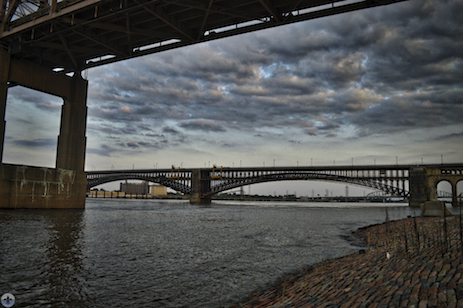
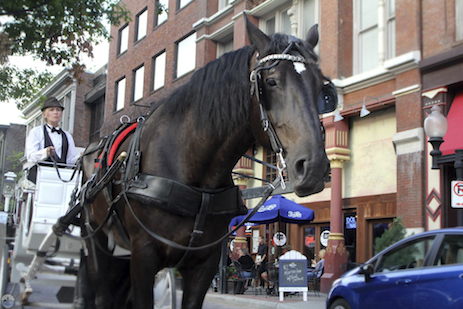
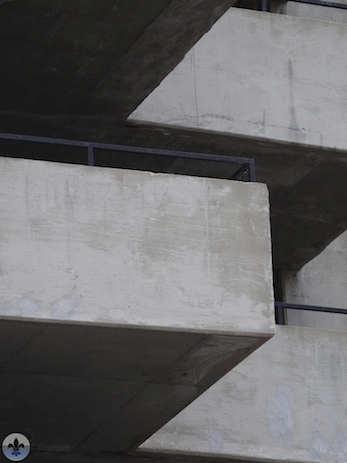
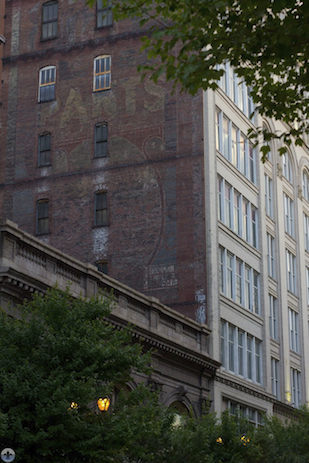
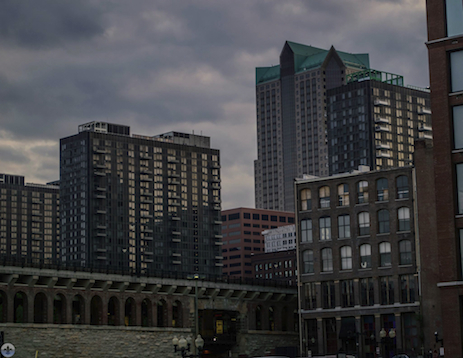
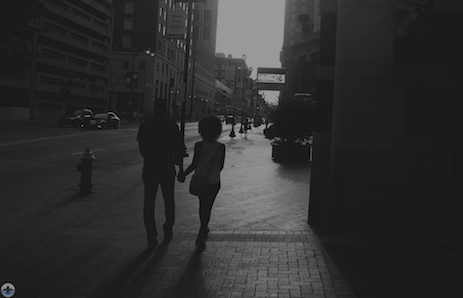
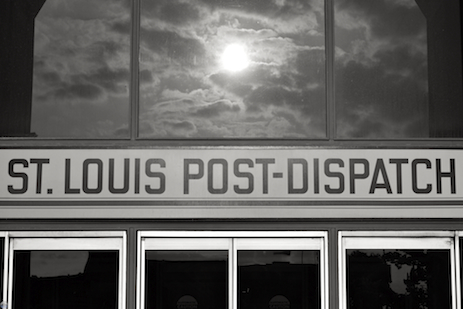
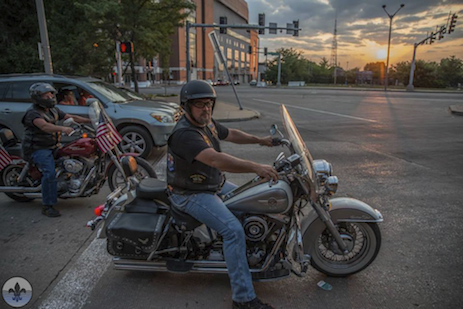
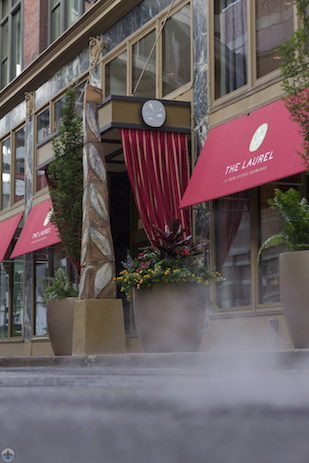
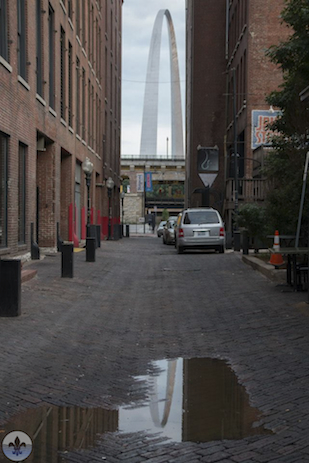
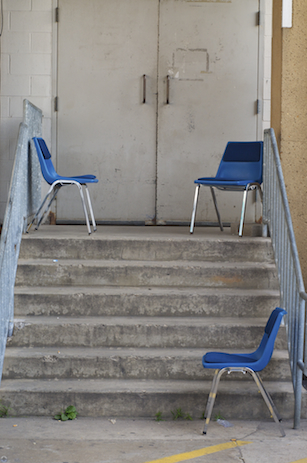
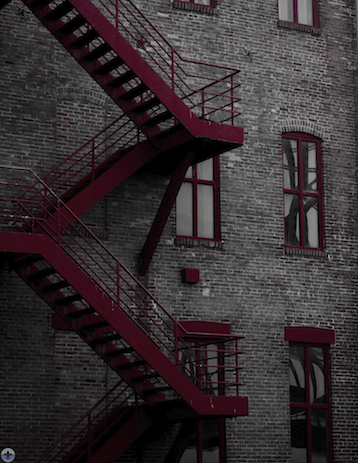
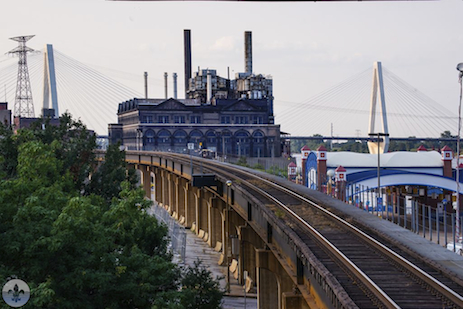
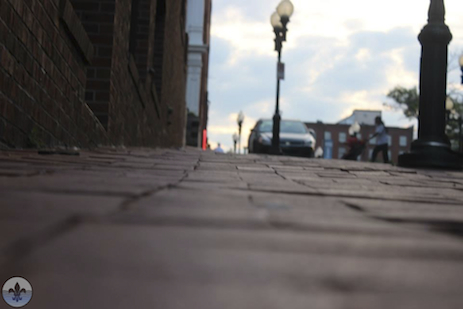
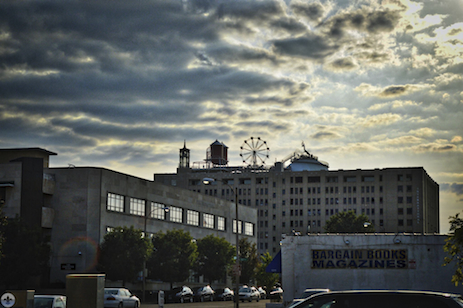
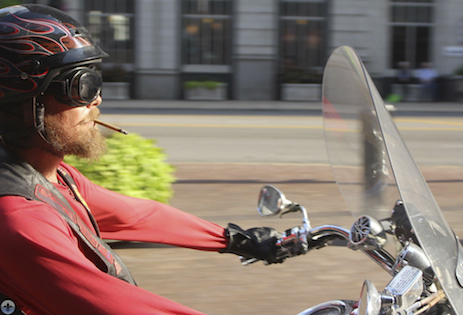
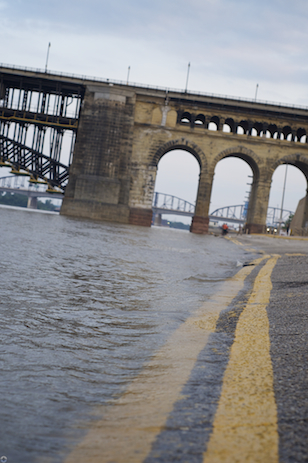
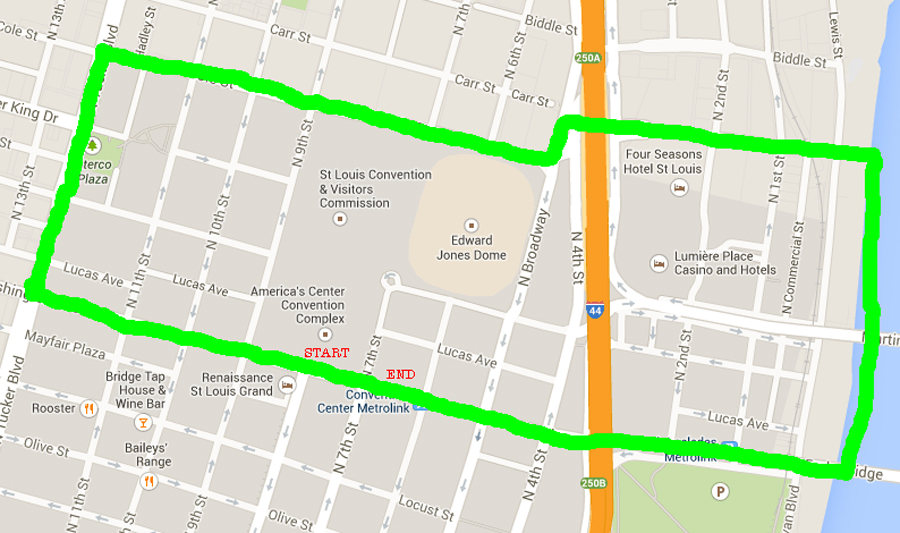
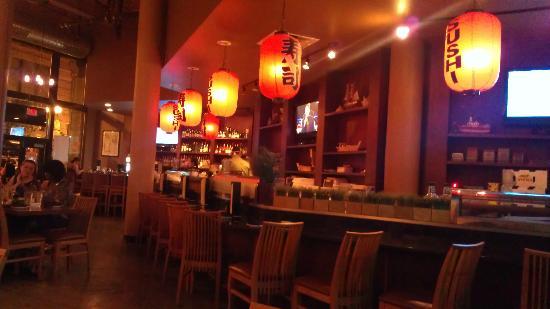
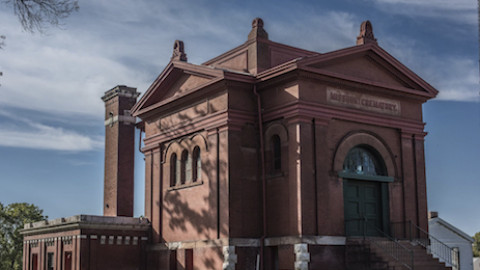
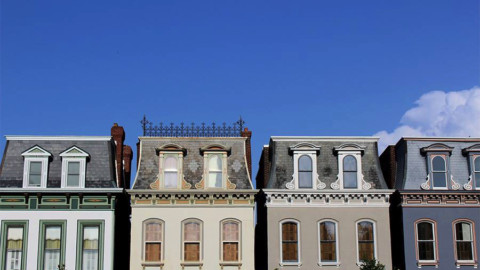






[…] 3. Photo Flood 24 […]